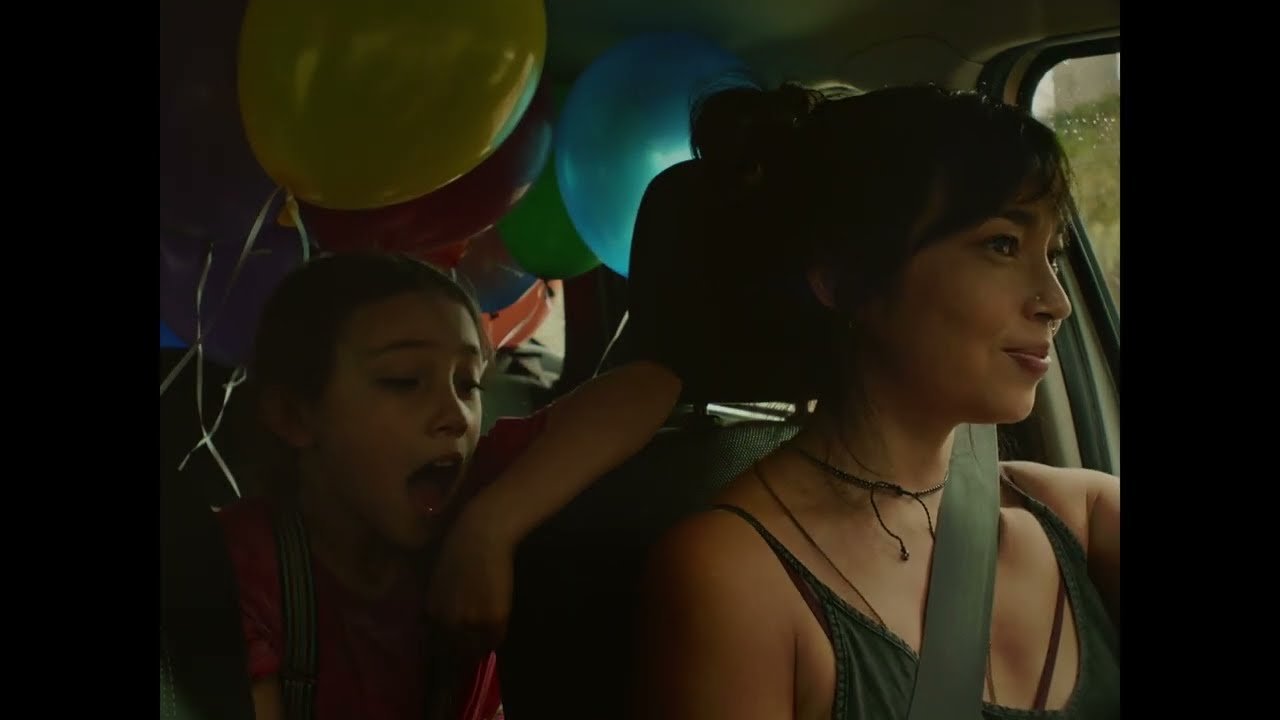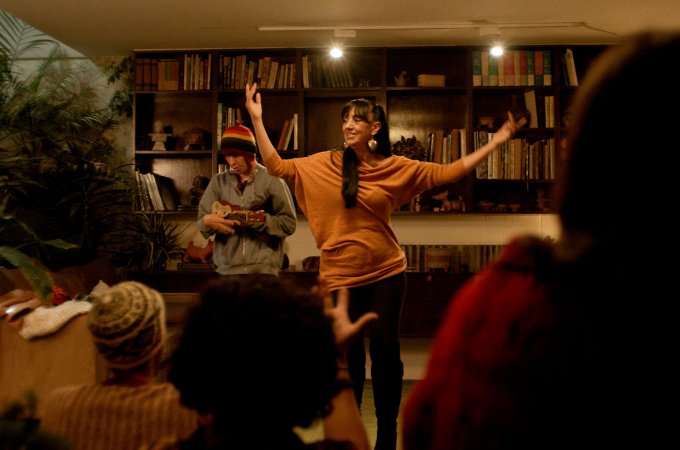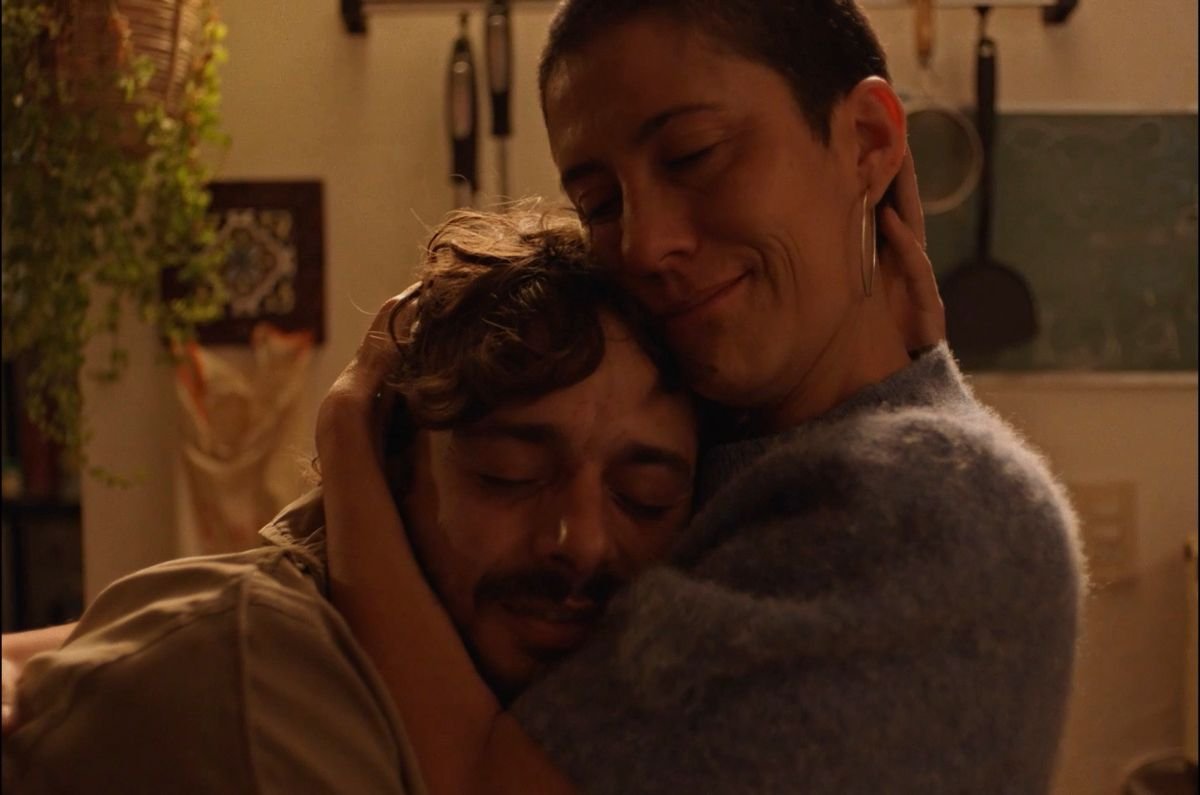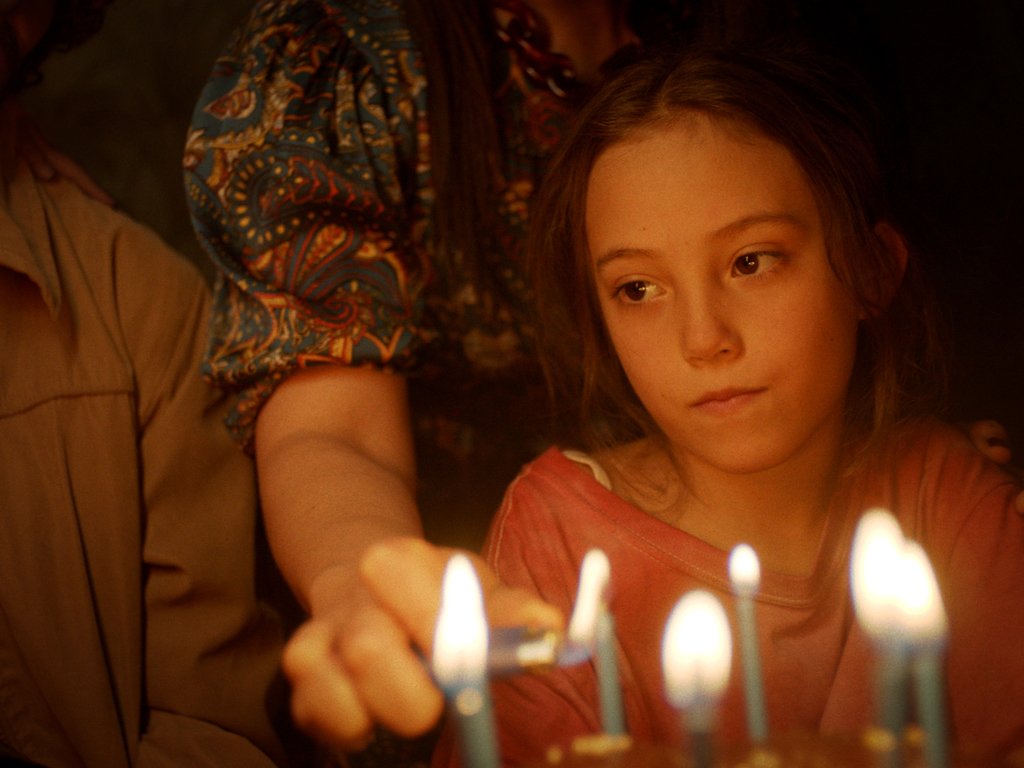SGIFF Film Review: Tótem
Content Creator Goh Cheng Hao reviews Lila Avilés’ film Tótem (2023) which explores the plurality of illness through a child’s point of view.
How do we mourn for someone not yet gone — more so through the eyes of a child for whom death is incomprehensible?
Lila Avilés’ second feature Tótem (2023) is a soulful exploration of the universal and longstanding subject of illness as the prelude to death and usherer of grief. The film centres around a family coming to terms with a relative’s impending death, and we witness intimately how illness and grief unsettle a family dynamic, pervading the mundane and every day, incapacitating individually as well as collectively.
And yet, in the face of bleakness and heartbreak — the whole gamut of human emotion — Tótem presents a latent hope and optimism in its reassurance of the endurance of love, and most importantly, the ability of people to live on through others.
The film follows seven-year-old Sol (Naíma Sentíes) as she attends a birthday party for her father, Tona, who is ailing from cancer. Tona’s various family members and friends convene at Sol’s grandfather’s house, amidst many hectic moving parts, to throw a final hurrah for him. Each relative and friend prepares their respective presents for Tona, a preemptive send-off in anticipation of what’s to come.
The film reveals that the family is no stranger to cancer, having previously lost their matriarch to it, and Sol’s grandfather (Roberto) only narrowly surviving throat cancer. Despite this, the gravity of Tona’s condition is no less solemn nor desensitised, its implication looming silently overhead.
As the day progresses, tensions rise and cracks start to form in the family’s appearance of normalcy. Underlying the party’s liveliness is a deep sadness and finality that threatens to spill over. In a sense, the birthday party is a bittersweet irony – the simultaneous celebration of Tona’s life all the while standing as his premature death sentence – a tacit agreement amongst the family that he will not live to see another year.
I found the film’s suggestion of illness – as not simply an individual experience, but one that collaterally implicates other family members – extremely insightful. Throughout Tótem, we see a collective panorama of grief within the family as they grapple with Tona’s imminent absence. Illness stands as the proverbial elephant in the room, while unspoken for, enveloping and punctuating the lives of the entire family. Tótem profoundly presents the dilemma faced by sufferers of chronic and terminal illness: where their illness takes on a communal and plural nature. Illness not only assumes centrality within the family dynamic but subsumes the identities of those around them, of caretakers and loved ones.
Tona is fully cognizant of this process, conscious of his burden to the family, not only financially, but emotionally: Alejandra’s futile turns to shamanism and superstition, and the squandering of their already dwindling finances, as well as Nuria’s alcoholism where she becomes increasingly inebriated during the party. Less overtly but perhaps even more poignant, is the implication of his death on Sol. Where a parent is supposed to be inviolable in a child’s eyes, Tona sees his vulnerability as shameful and irresponsible, despite his blamelessness.
Much like the rest of the family, Tona tries to maintain a front of perseverance, not only to uphold his dignity, but also to reduce the emotional toil on those around him. He conceals his vulnerability and suffering behind closed doors, making himself scarce even to his own daughter Sol. Tona withdraws into himself, and his room becomes a prison of his own making. In doing so he preserves his family’s well-being, as his own way of reciprocating the family’s care for him, all while preserving his own conscience, which I found incredibly touching. This dynamic culminates in Tona’s palpable internal conflict: the push and pull between him and his loved ones. The instinctive desire for closeness and intimacy, yet Tona’s self-imposed alienation and his reflexive pushing away lest his suffering is witnessed. The ache of Tona’s yearning and longing, and yet compulsory refrain, presents precisely the subtleties and painful quandary of illness.
In a more positive light, illness then also becomes an opportunity for collective action, where Tona’s family performs their love for him in myriad ways – Nuria shaves her head in solidarity, labours over Tona’s birthday cake, while Alejandra employs a shaman – Roberto instead gifts him a bonsai. Ostensibly, the gift seems peculiar given its undeniable outliving of Tona.
However, I found the scene so powerful in its symbolism. Much like how Tona paints for Sol: “I painted this for you because, sometimes we can't always see the things we love the most, but they are there…”, objects become proxies for people to live on through. Rather than an object for Tona to own, the bonsai instead becomes an object for his memory and presence to live on through and be preserved in. For if his life cannot be preserved in his current body, then instead in the bonsai as a proxy. In this way, while the parent might outlive his offspring, Tona will outlive Roberto through the bonsai.
“sometimes we can't always see the things we love the most, but they are there…”
The constant care of the tree, as a labour of love, to represent Roberto’s unwavering commitment was so touching – for if he cannot verbalise his love for Tona (after being rendered mute by his cancer) – he will do so continuously in the language of action and devotion, in this way, love endures even posthumously.
In the hauntingly beautiful ending scene, as Sol prepares to blow out the candles on the birthday cake, she instead holds her breath. As a callback to the start of the film, where she held her breath while being driven under a bridge (a common superstition), making a wish thereafter, this moment is where Sol fully grasps the gravity of her father’s illness. Here there are no childish wishes for frivolous gifts, only a grim determination to will her father back to health. However, despite the sobering realities of Tona’s condition as understood by us, perhaps it is through such optimism and earnestness that bears more solace and comfort, where much like Roberto’s bonsai, this act of childlike innocence, while naive, is Sol’s own way of keeping her father alive.
Where illness has long been sensationalised in media as dramatic and spectacular, in Tótem, Avilés instead invokes a more familiar and understated presentation, one without theatrics or histrionics. No grandiose or ostentatious gestures are produced by Tona’s family members, instead portraying the nuances of ordinary life. Tótem is hence a film about family, about their idiosyncrasies and tensions, about love, conviction and sacrifices, but most of all, about all the things we do for one another.
totém (2023) had its southeast asian premiere AT THE SINGAPORE INTERNATIONAL FILM FESTIVAL UNDER THE horizon programme. Images in this article are being used under Fair Use guidelines as part of Singapore's Copyright Act 2021







